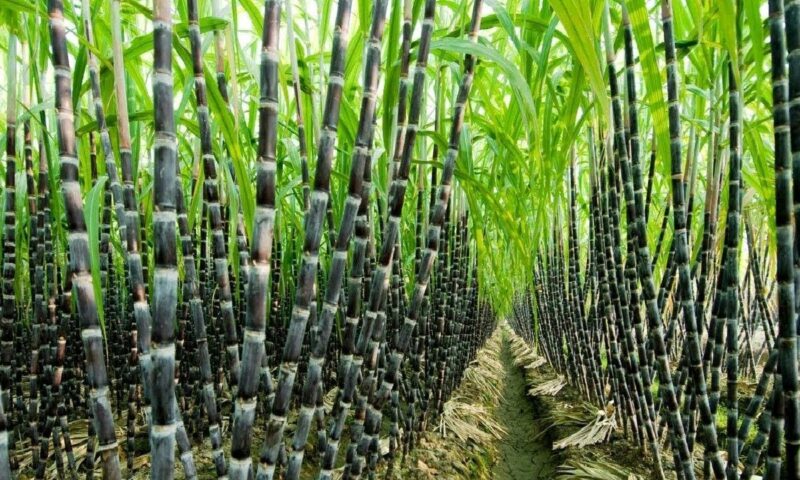By Spy Uganda
Kampala: While many people have heard of sugar cane, not everyone knows how or where it is grown and harvested. Let’s take a look at harvest, an important step in getting real sugar from sugar cane from the farm to your pantry.
READ ALSO: Farmers Guide: Limit Losses In Cabbage Farming By Practicing The Following Steps
While most people are familiar with sugar cane, they may not be aware that it accounts for nearly half of the sugar in Uganda; the other half comes from sugar beets. A tropical grass that flourishes in hot, wet climates, sugar cane can grow 10-20 feet high by the time it’s ready to be harvested.
Fall is a busy time for sugar cane growers. Not only does it mean harvest, but also planting season. Sugar cane’s growing season is about one year, much different than traditional crops planted in the spring and harvested in the fall.
READ ALSO: Wondering How To Curb Multiple Losses In Potato Farming? Practice The Following & Mint Millions
Harvest Time
Harvest takes place rain or shine, and the often muddy sugar cane fields necessitate harvesters mounted on tracks instead of wheels which get stuck in the muck. Moving through the rows, the harvesters stand up the cane and cut it a few inches above the ground. Sugar cane is a perennial grass, meaning it doesn’t have to be replanted every year. A new shoot will sprout from the cut stalks of cane for the next harvest. Typically, farmers will harvest crop from one planting for 3-5 years.
READ ALSO: Poultry Farming: Factors To Consider Before Starting The Farm
Once the cane is cut, rotating arms strip off leaves and undergrowth and move the stalks though cutters that chop them into smaller pieces. A conveyer arm transfers the stalk pieces to a tractor pulling a large hopper-style trailer.
From Sugar Cane To Real Sugar
The cane is transported to a nearby raw sugar mill. Samples taken from each load to test sugar content establish the price paid to the farmer. Conveyer belts then move the sugar cane through the mill and a series of steps to extract the sucrose (sugar) from the sugar cane. The result is raw sugar, which is not yet food grade. This raw sugar is transported to a refinery to finish the process. At the refinery it is washed, crystallized, dried and packaged.





